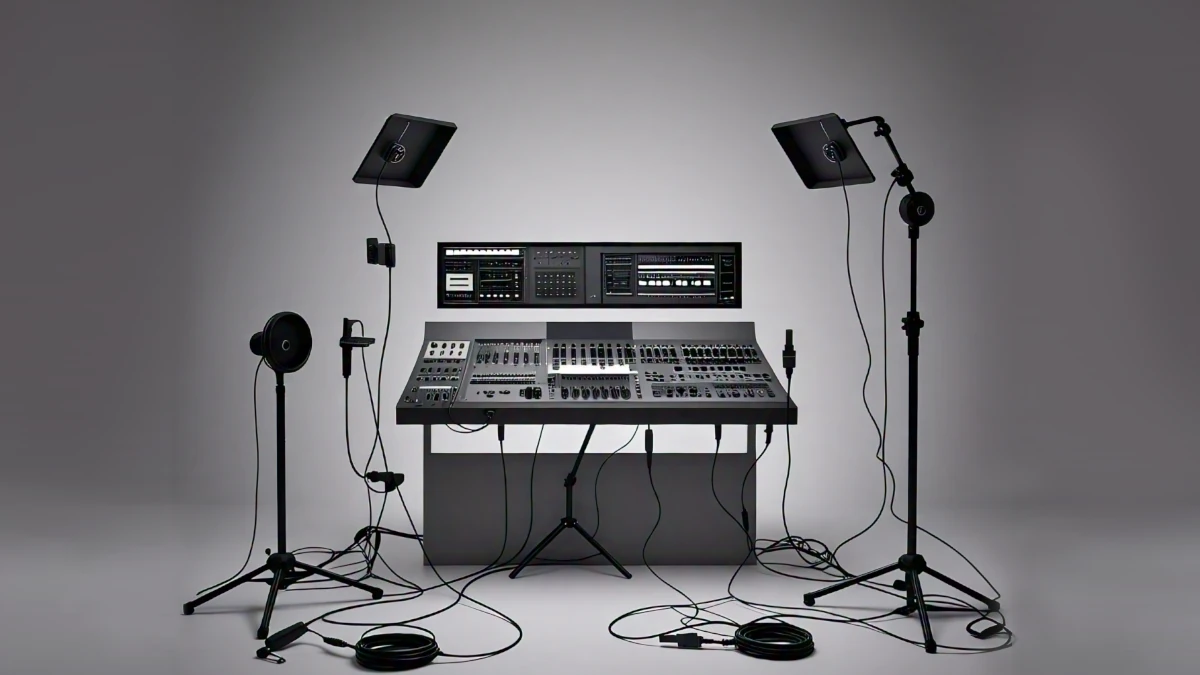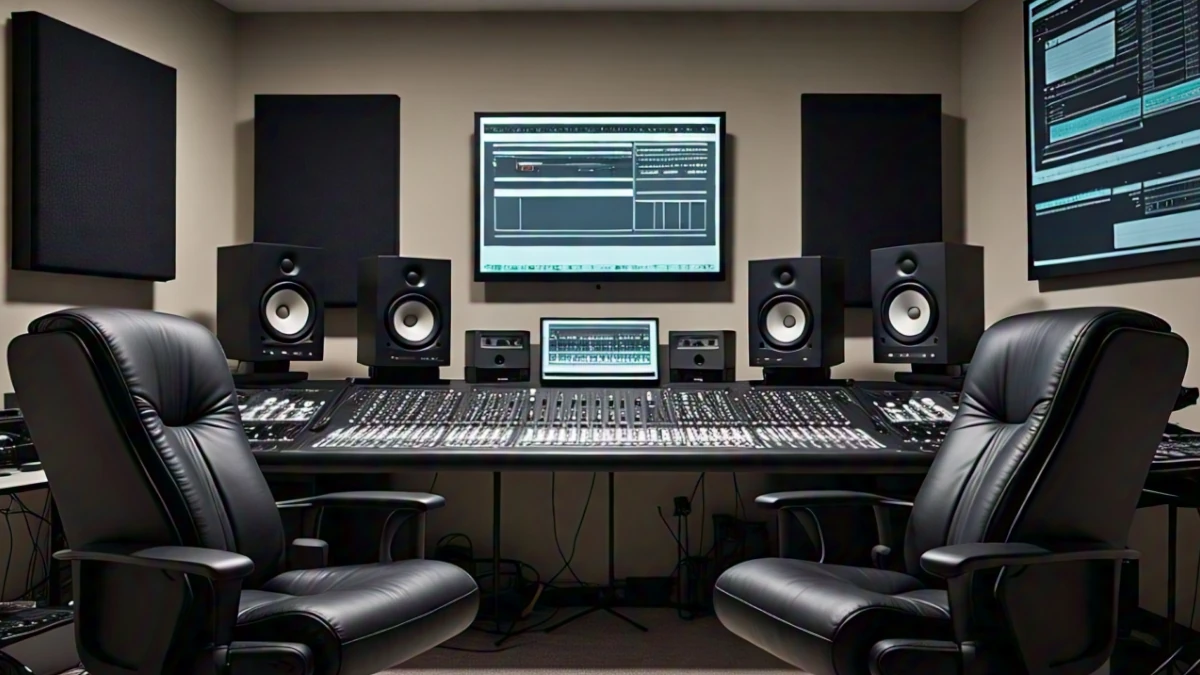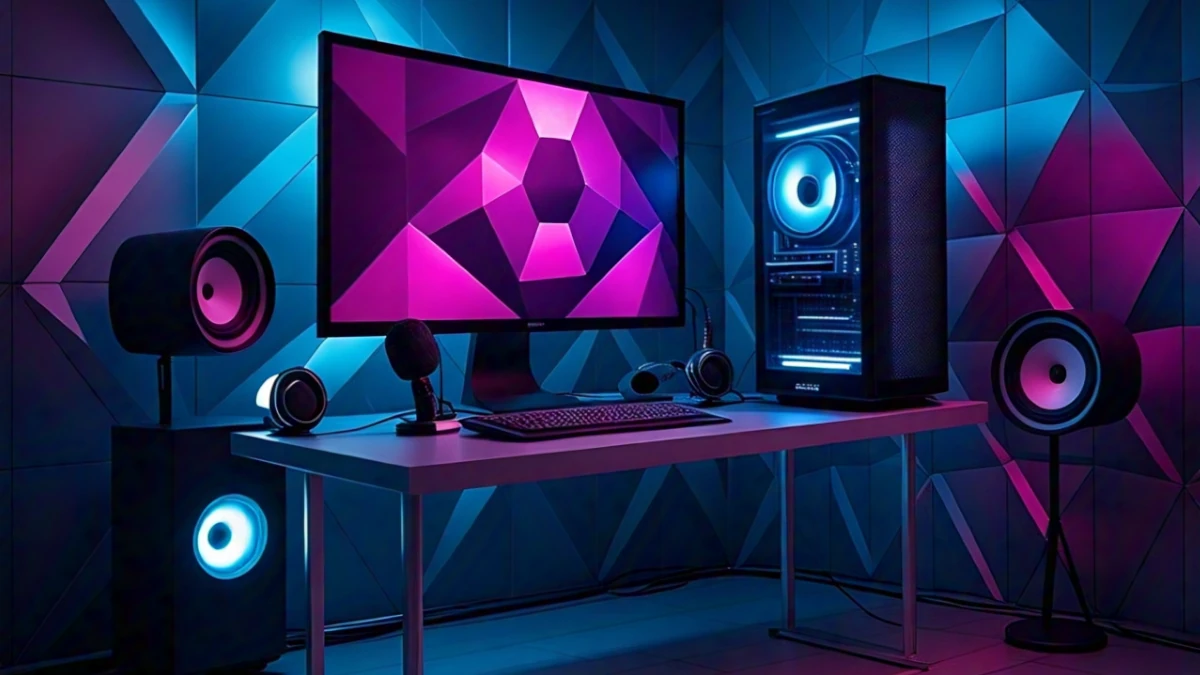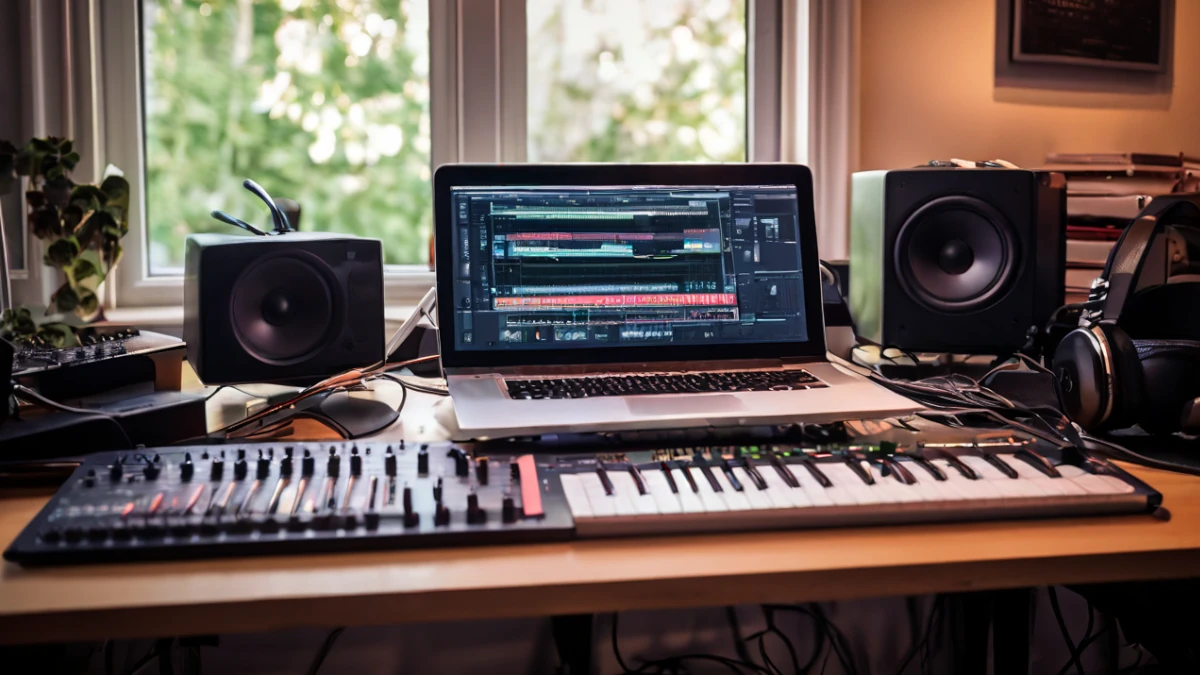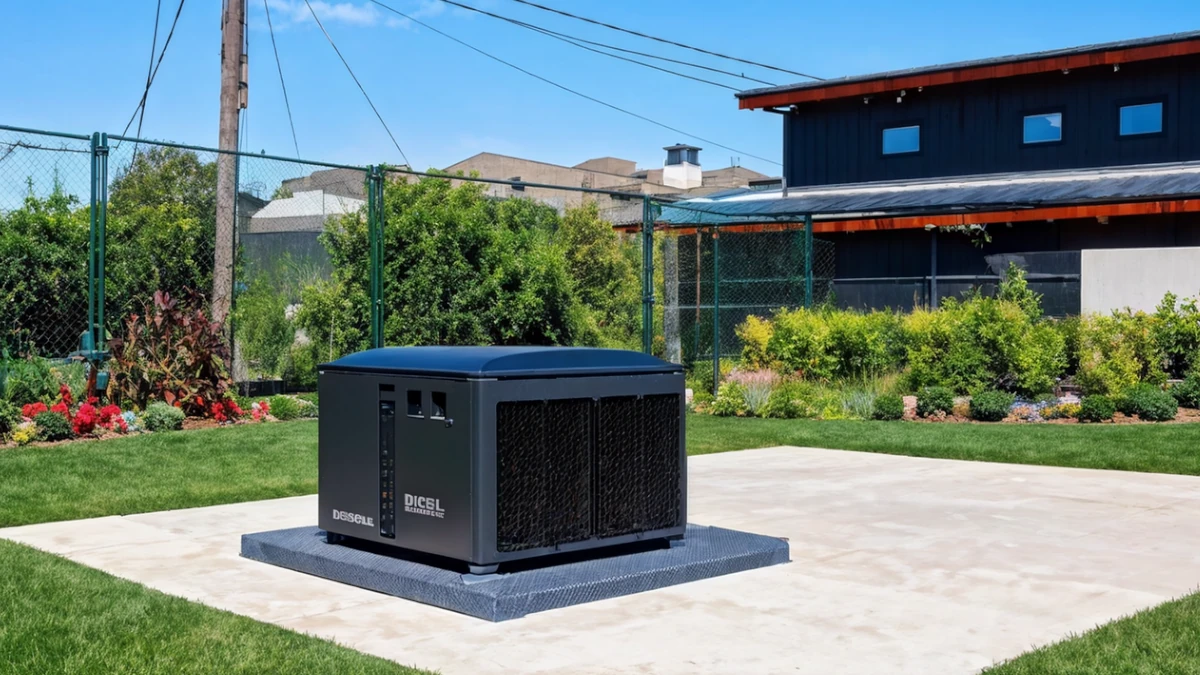Imagine this: you’re ready to lay down that killer track, the bass is deep, the melody is soaring, and suddenly, everything grinds to a halt because of a tangled mess of wires. Frustrating, right? Setting up wiring and cabling for your studio equipment may not sound as glamorous as mixing your latest hit, but trust us—it’s the unsung hero that can take your music production to the next level!
Whether you’re a seasoned producer or just starting your creative journey, having a solid wiring and cabling setup is crucial for a smooth workflow. It’s like having a clean kitchen before you start cooking up a feast; everything in its place means you can focus on what really matters—creating amazing music!
With the right cabling, you’ll not only prevent those annoying audio dropouts and signal interferences, but you’ll also enhance your overall sound quality. Curious about how to streamline your studio for maximum creativity? We’ve got you covered! This guide will walk you through everything you need to know about wiring, from understanding basic cable types to advanced setups for your fancy gear.
So grab a notepad and get ready to dive into a world of cables, connectors, and clever hacks. Let’s make your studio gear not just work, but work brilliantly together!

